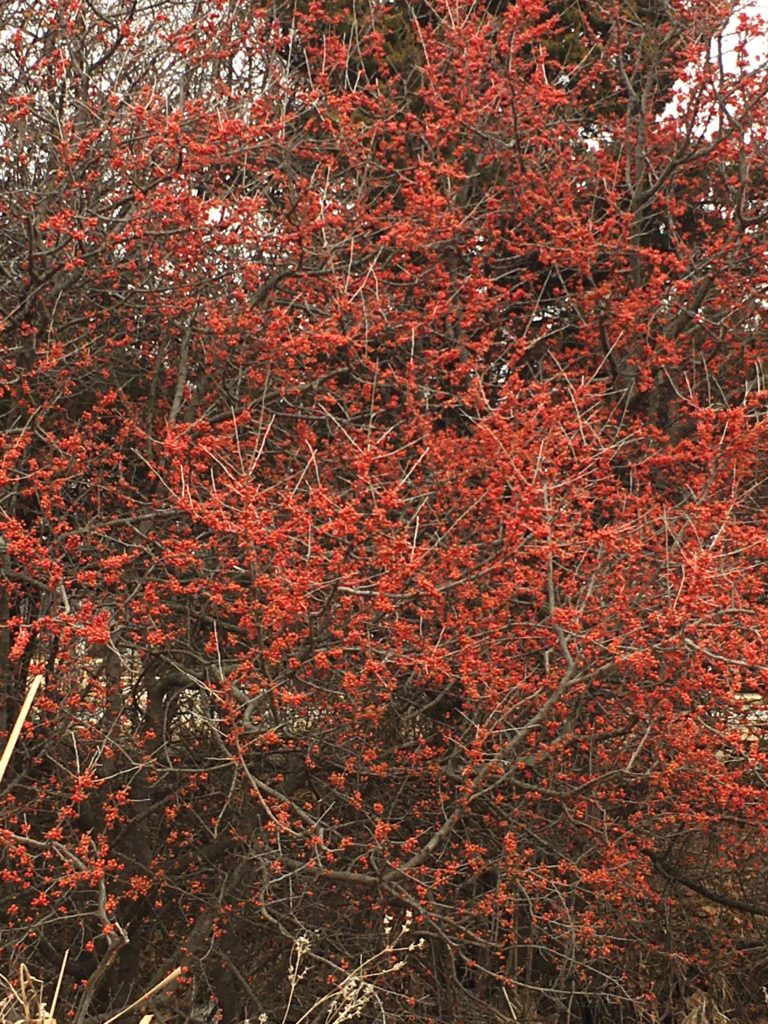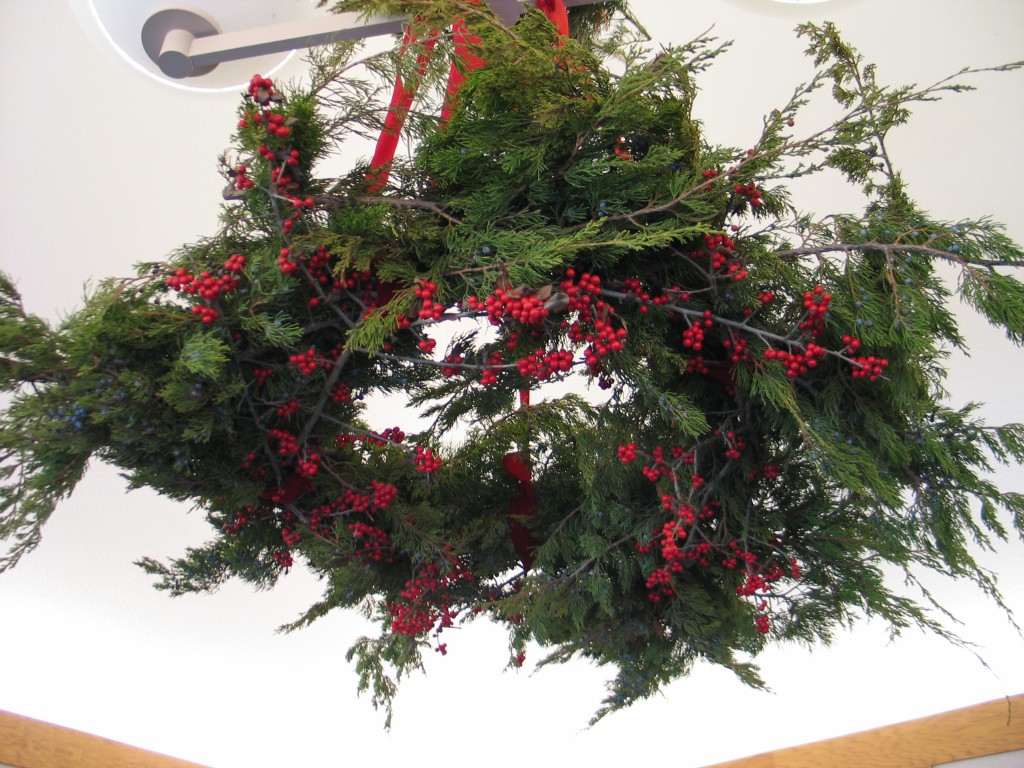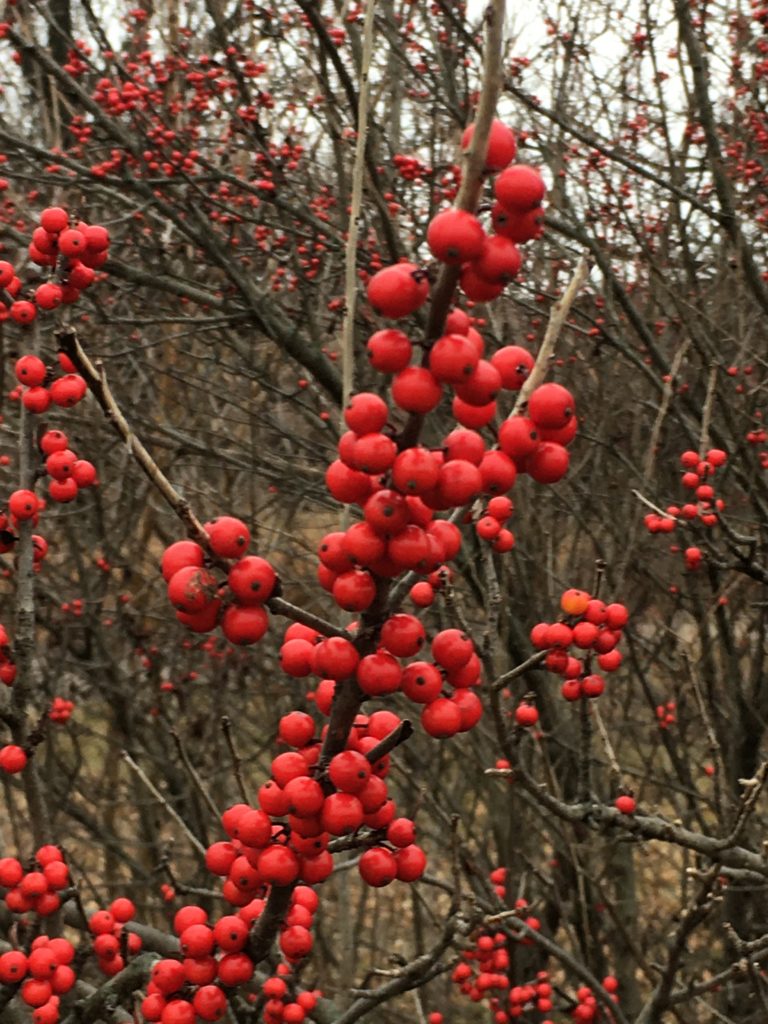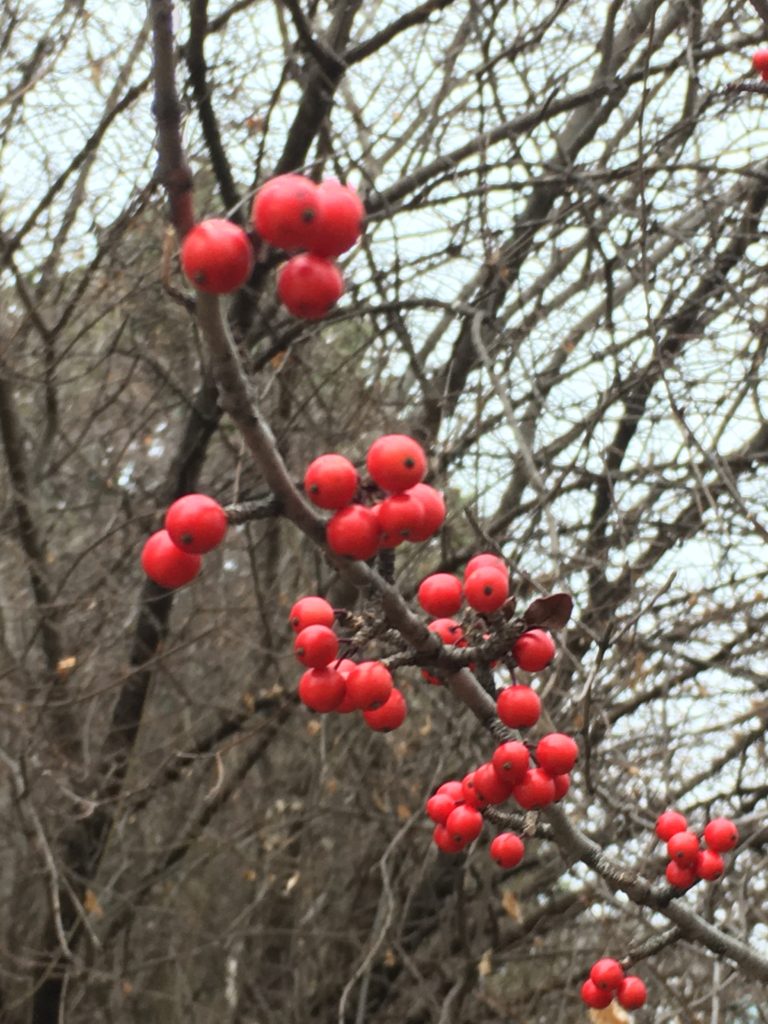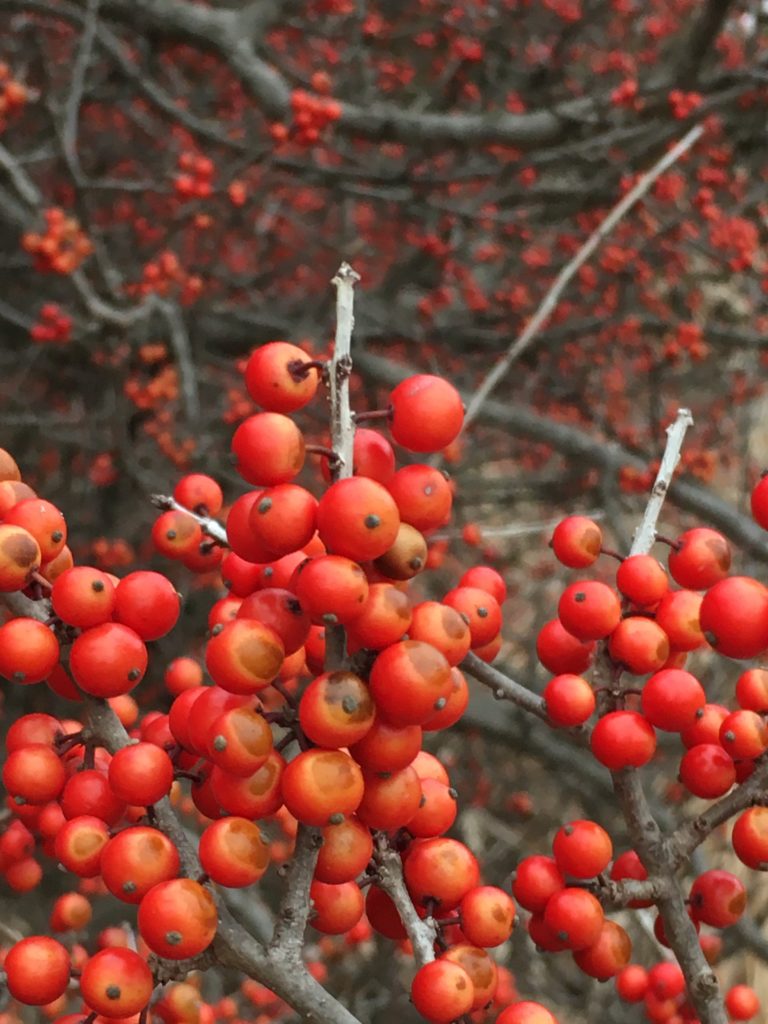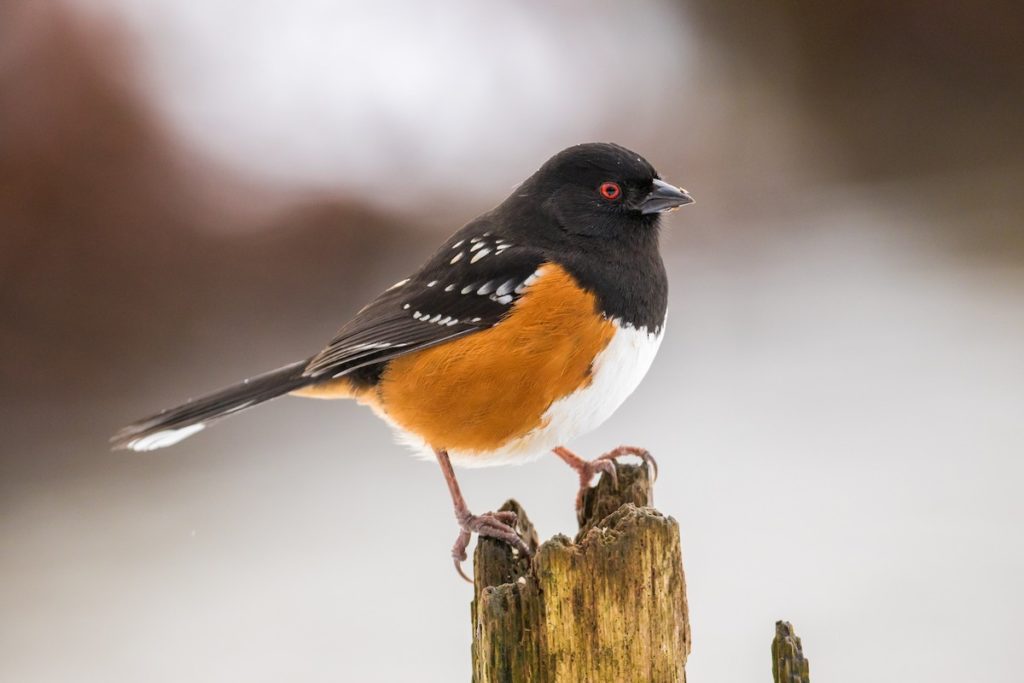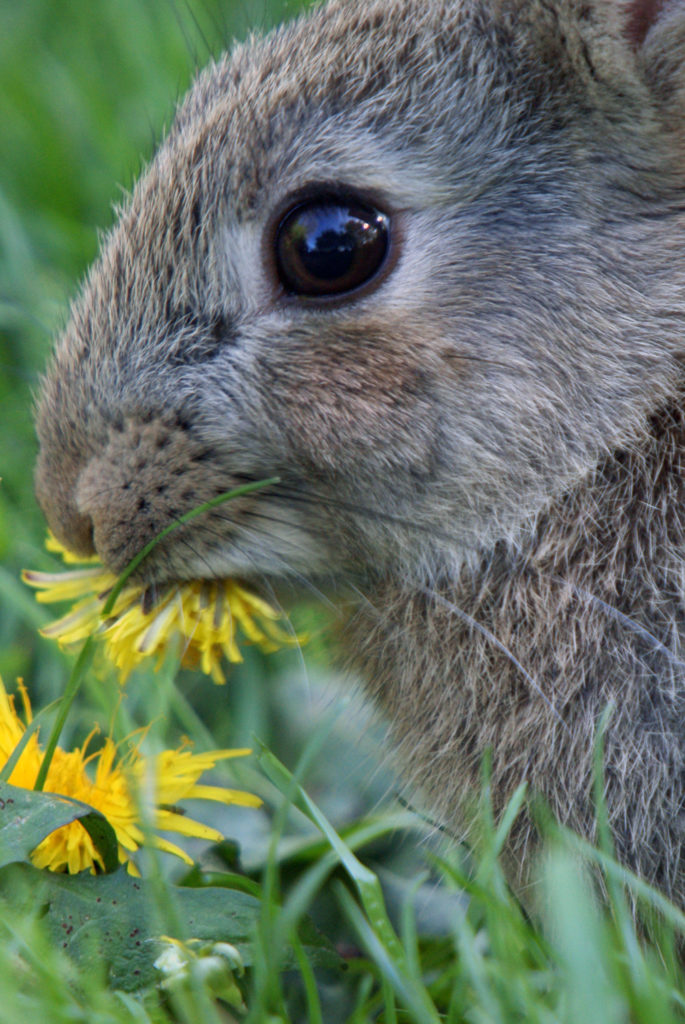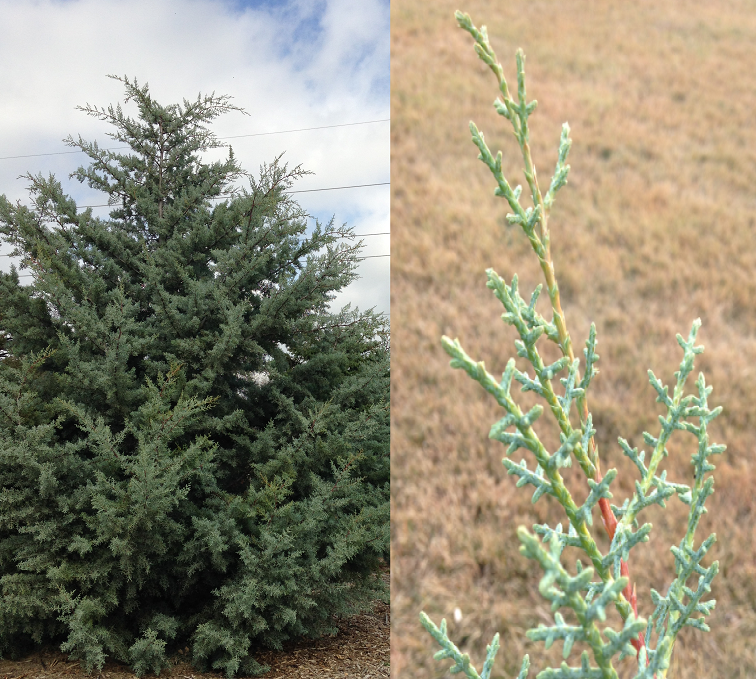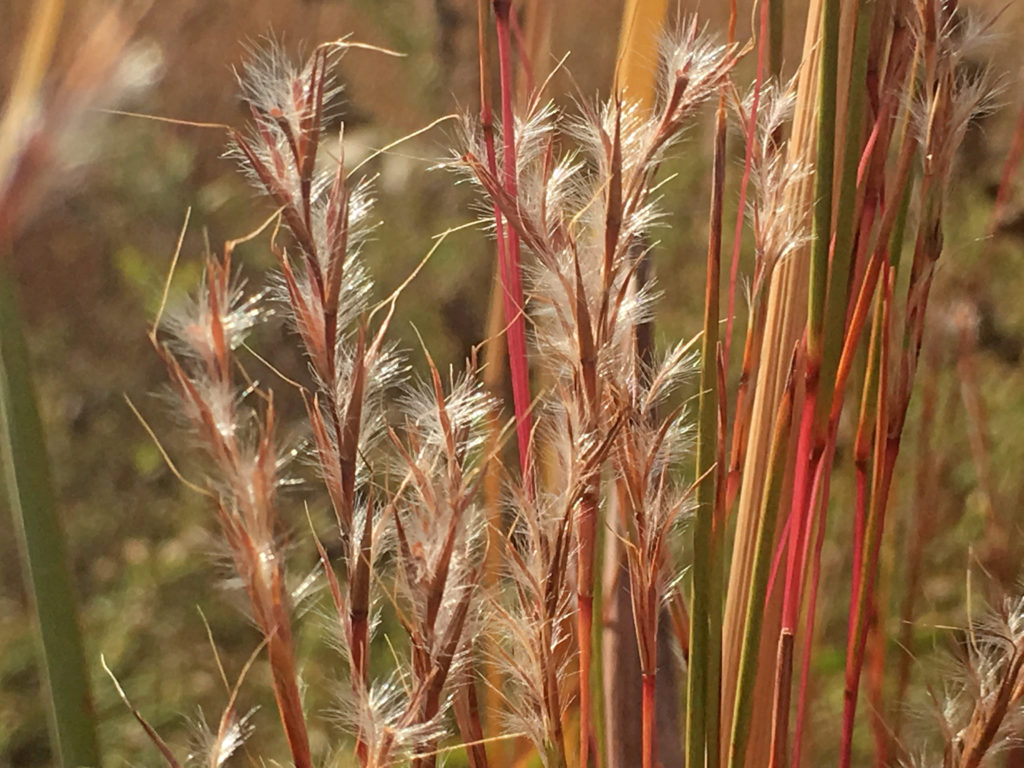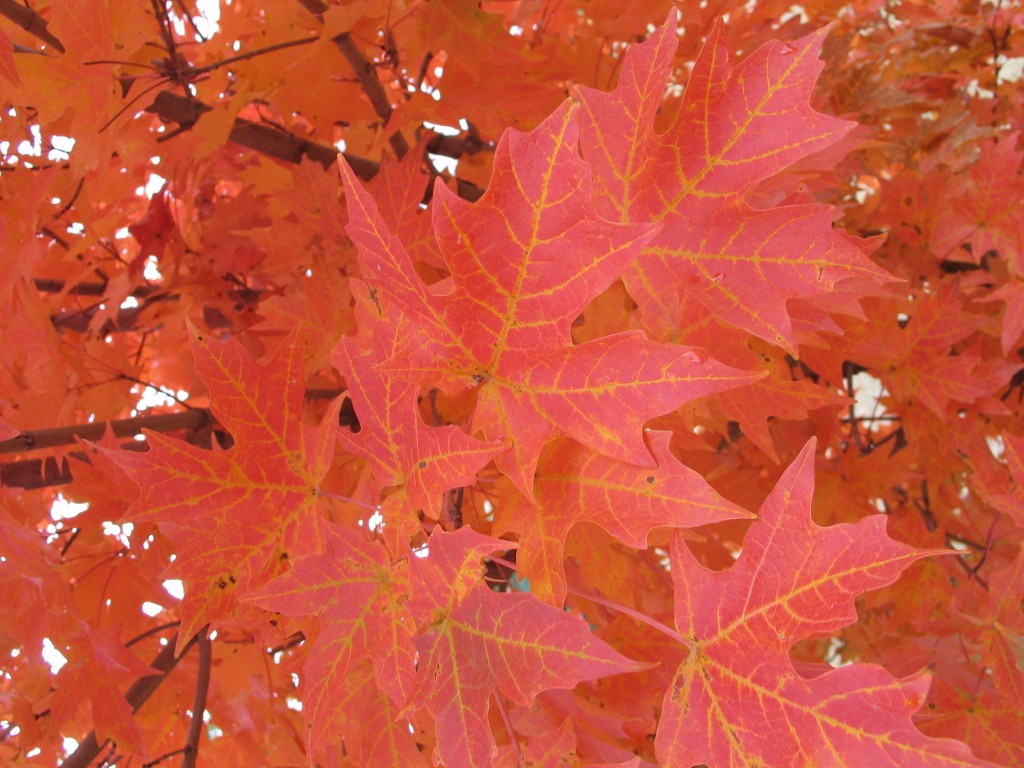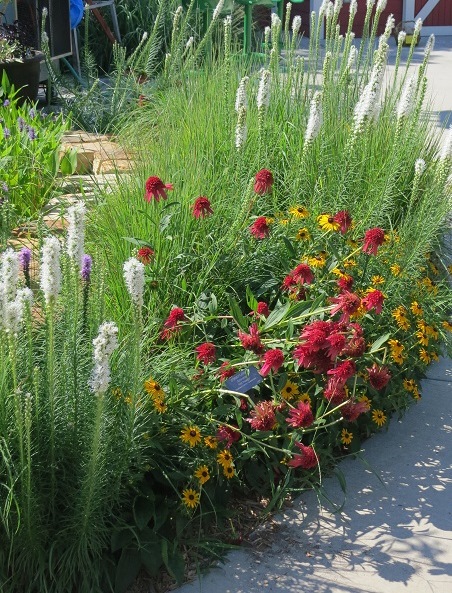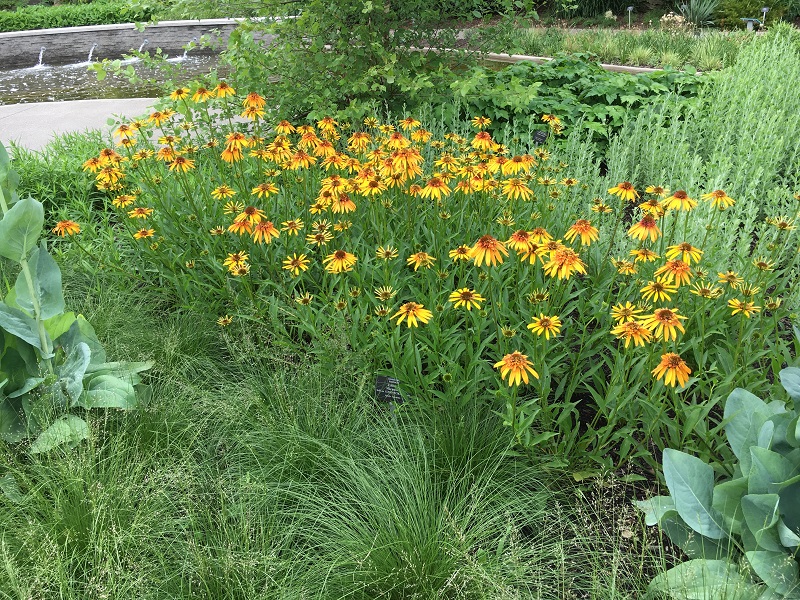Spring is coming. Nature is not locked down, but continues to come to life. We notice the buds expanding and the crocus blooming. Leaves emerging from the depths and plants all around us waking from their winter slumber. As spring unfolds around us, something extraordinary is about come our way again. The Monarchs are coming.
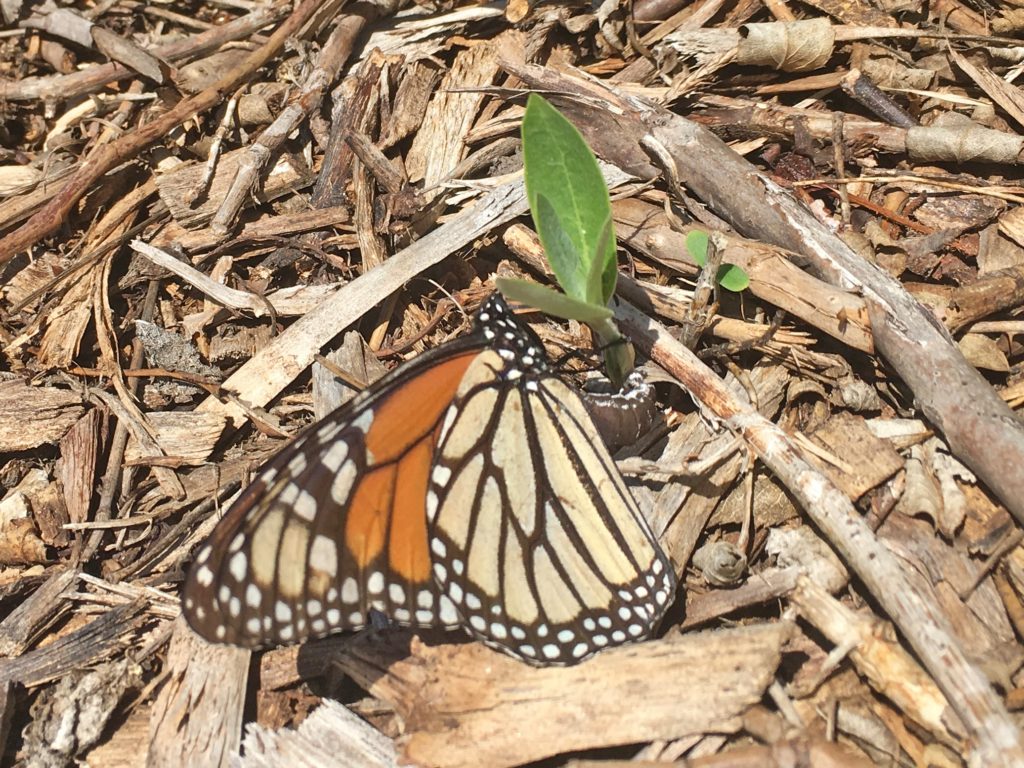
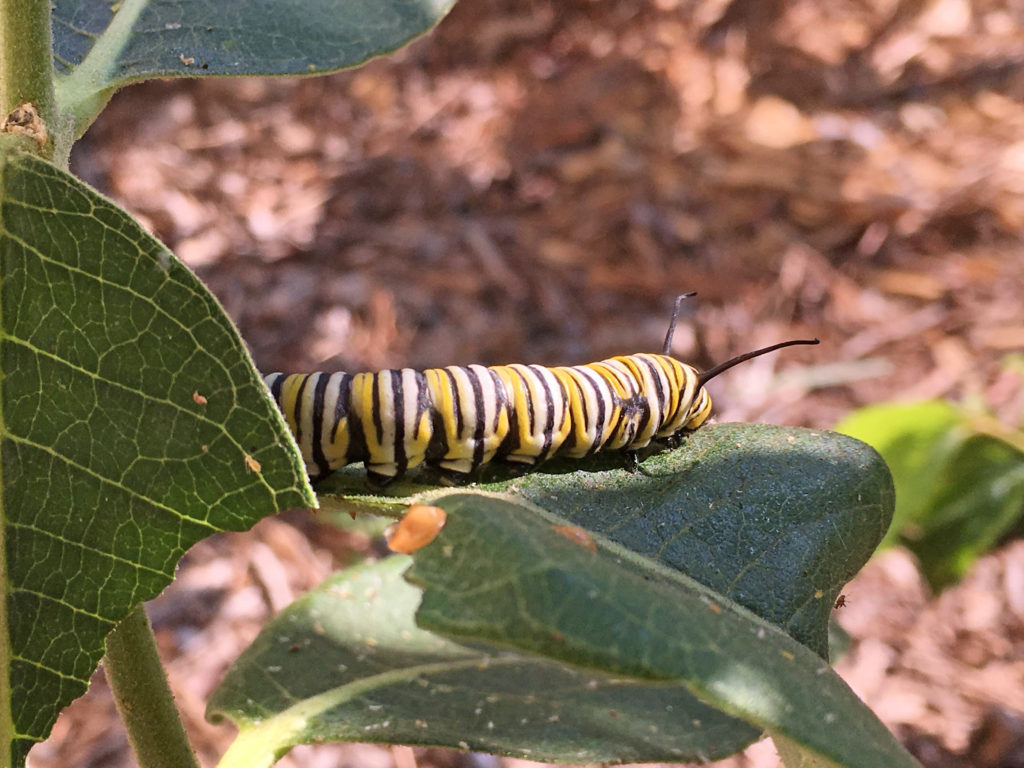
Providing for pollinators
The monarch’s annual spring migration north from Mexico has begun. You can track their progress through Monarch Watch and Journey North. Each year we take note of when this incredible journey passes through our area. It is amazing to think that these delicate creatures can make this trek north and south every year.
Statistics show that the monarch butterfly population in North America has declined by over 90% in just the last 20 years. This is disheartening. One of the biggest factors in monarch decline is the increasing scarcity of its only caterpillar host plant: milkweeds. Monarchs can’t successfully reproduce, or migrate without milkweeds, resulting in the species decline.
Monarchs also need other blooming native wildflowers, trees, and shrubs that provide nectar for the adult butterflies to feed upon. This habitat, critical to the survival of the monarchs, continues to disappear at an alarming rate. This natural habitat decline is taking a steep toll on wildlife of all types.
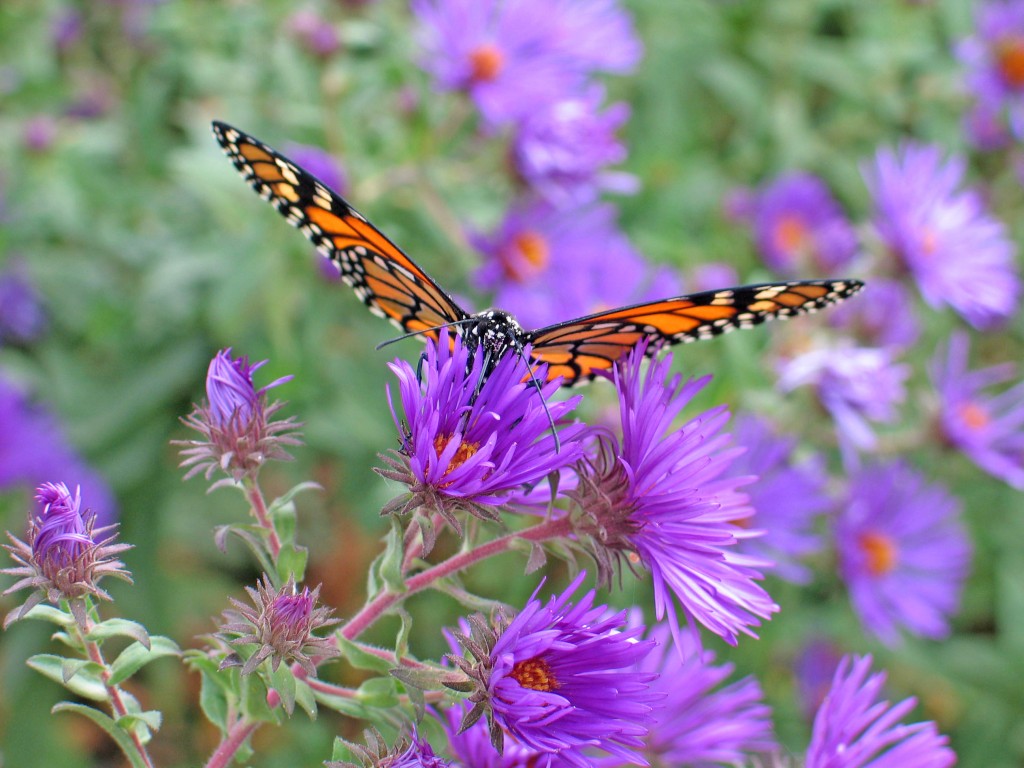
Plant more than milkweed
Many of us are planting milkweeds and native nectar plants in our gardens to help monarchs survive. Here is a list of plants from our Native Plant Guide that monarchs prefer:
Perennials
- Aster ‘October Skies’
- Aster ‘Raydon’s Favorite’
- New England Aster (Aster novae-angliae sp.)
- Blackeyed Susan (Rudbeckia)
- Coneflowers (Echinacea sp.)
- Coreopsis
- Blazing Star (Liatris sp.)
- Beebalm (Monarda sp.)
- Milkweeds (Asclepias sp.)
- Yarrow (Achillea sp.)
- Eryngium yuccifolium
- Goldenrod (Solidago sp.)
- Zizia aurea
- Vernonia ‘Iron Butterfly’
- Veronicastrum virginicum ‘Lavender Towers’
- Prairie clover (Dalea sp.)
- Joe Pye Weed (Eupatorium sp.)
Shrubs
- Chokeberry (Aronia sp.)
- Leadplant (Amorpha sp.)
- ServiceBerry (Amelanchier sp.)
- Buttonbush (Cephalanthus sp.)
- American plum (Prunus sp.)
- Elderberry (Sambucus sp.)
- Viburnum (Viburnum sp.)
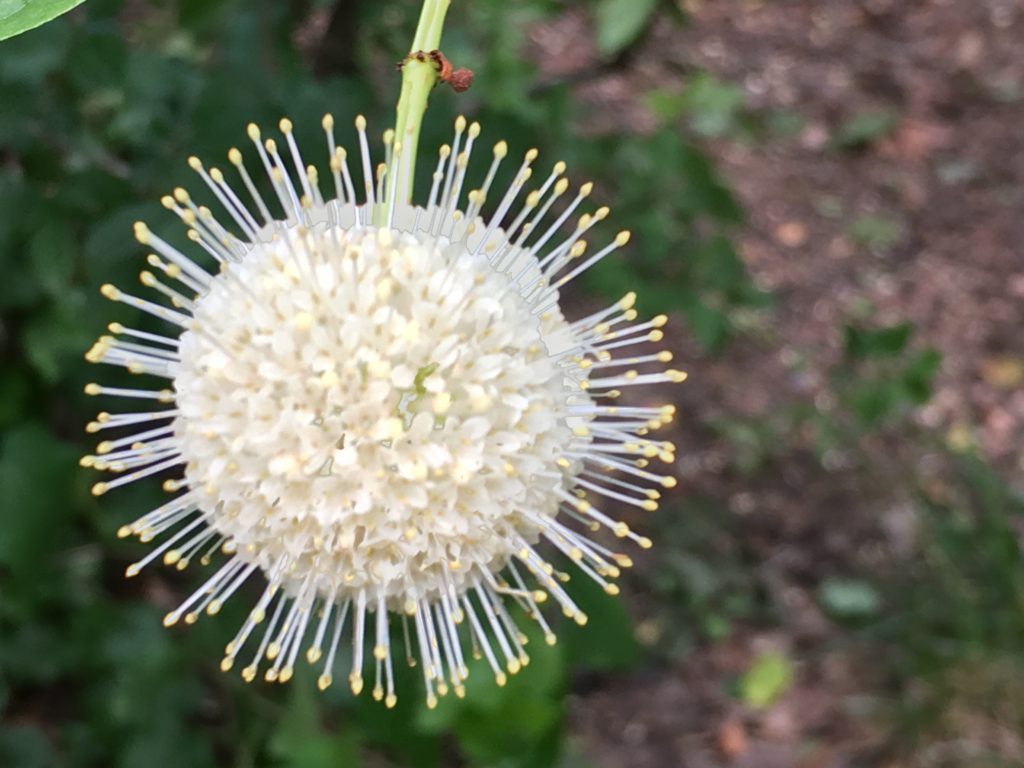
Trees
- Buckeye (Aesculus sp.)
- Redbud (Cercis sp.)
- Persimmon (Diospyros sp.)
- Linden (Tilia sp.)
Stretch the season
A greater variety of plants will attract a greater variety of wildlife, including monarchs. Try to plant several species of wildflowers with varying bloom times, providing nectar sources that stretch through the season. Different pollinator populations peak at various times through the warm months, so provide for them by having a long blooming garden. Early spring and late fall flowers can help sustain migrating species in the difficult stages of their journey. Research has shown that a lack of late season nectar sources is as crucial to migration success as milkweed. Help these insects get the energy they need all through the year!
If you plant even a few milkweeds in your own garden, you can help reverse the fortune of these beautiful insects. Support habitat and other food sources for monarch butterflies and other wildlife by planting native plants. It is always beneficial to reduce mowing, and limit or eliminate the spraying of herbicides and pesticides. You can be part of the ultimate solution, which is to provide the plants monarchs need for their life cycle. Watch for these incredible butterflies. They are coming.
One final thought I came across the other day:
“To plant a garden is to believe in tomorrow.” – Audrey Hepburn

